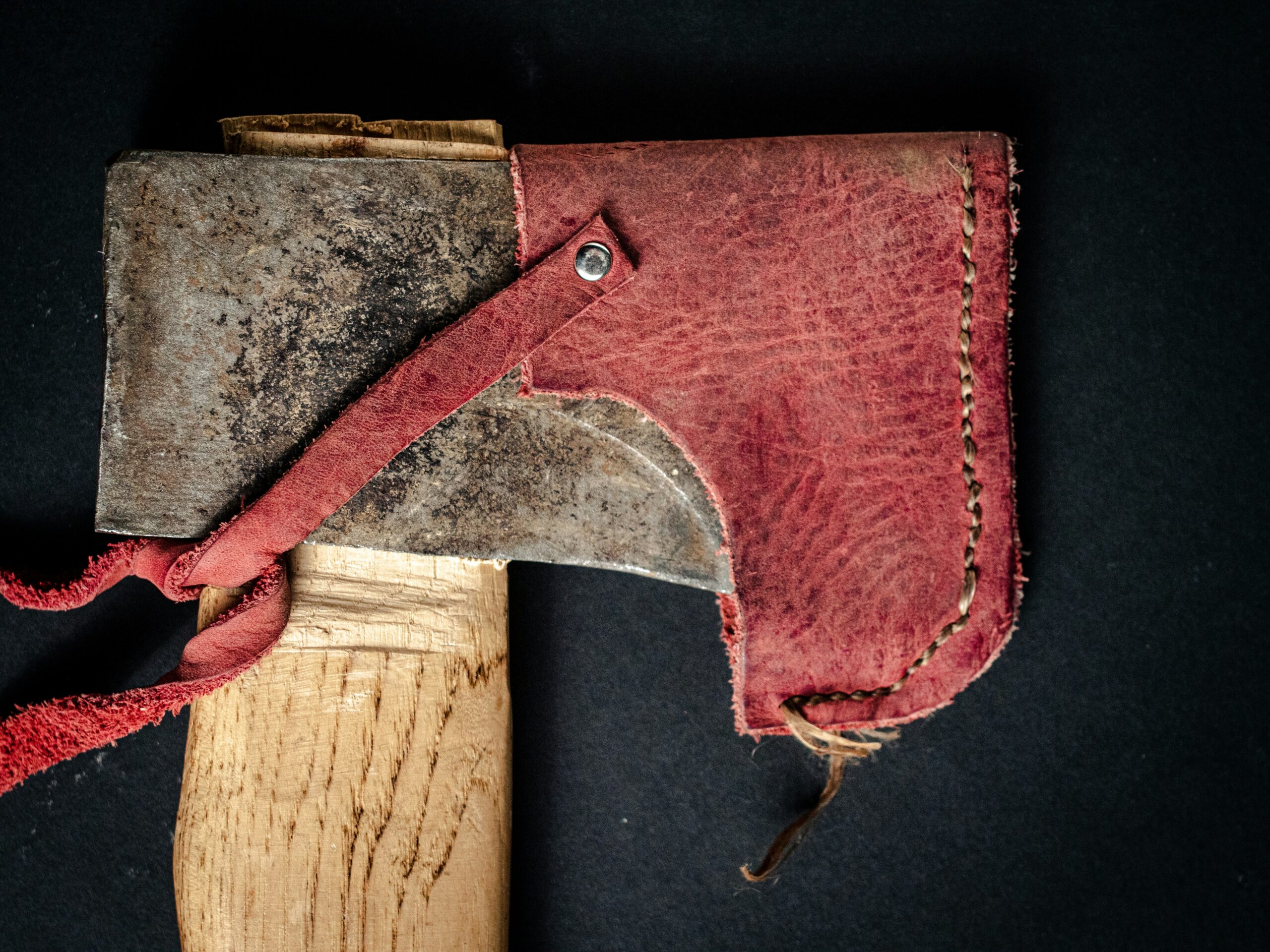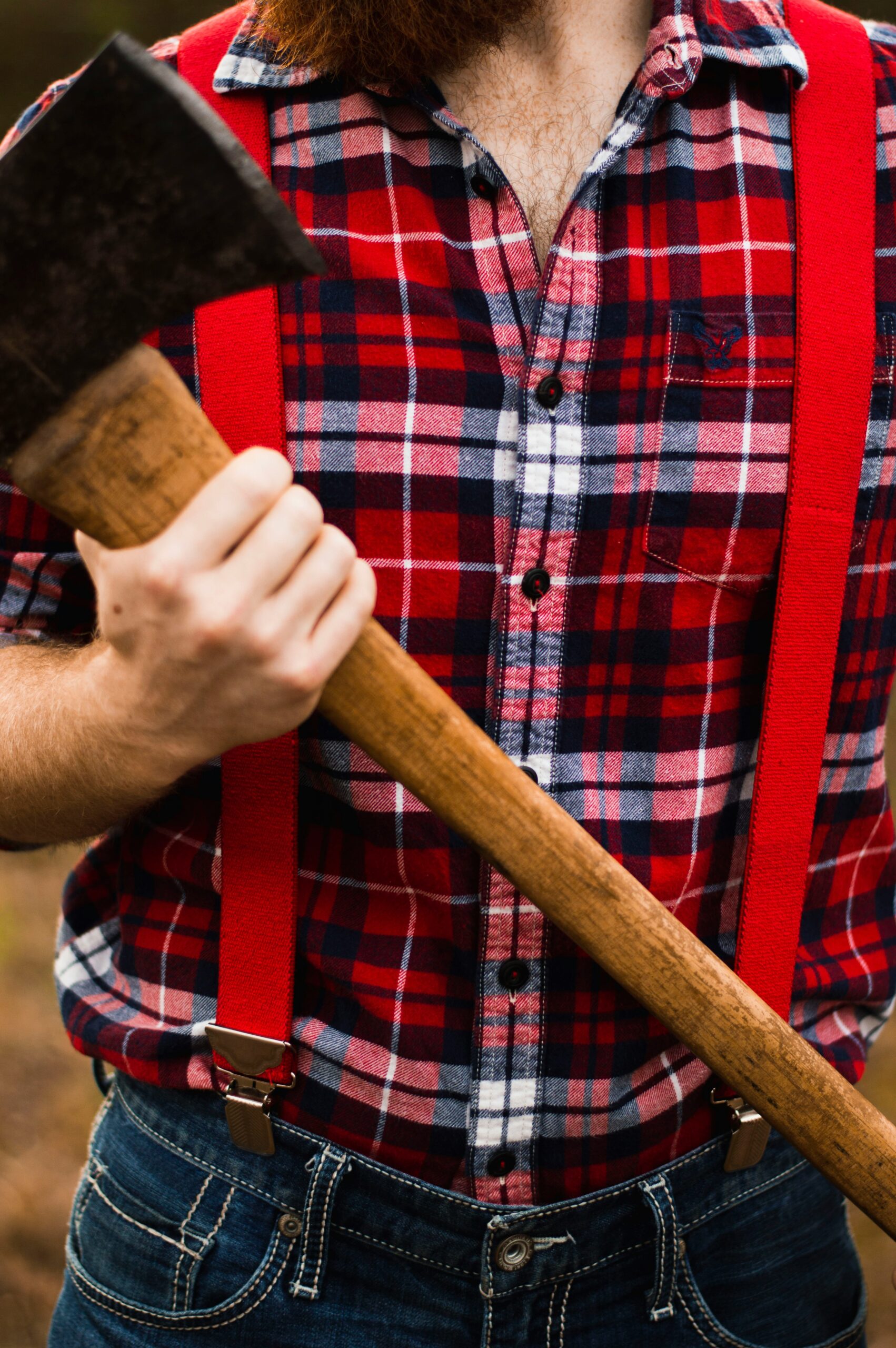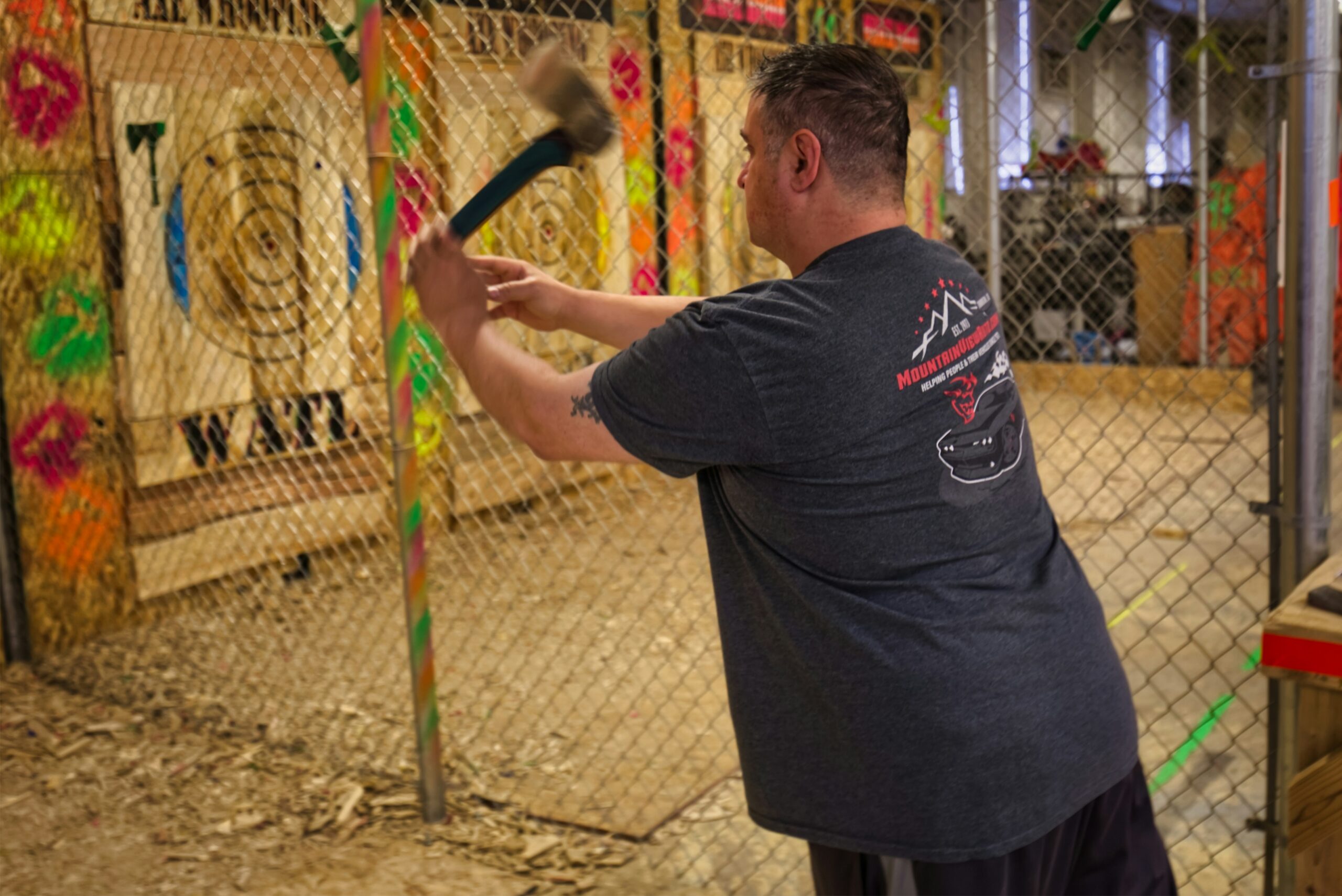Axe throwing can be a fun and exciting activity, but safety is crucial to ensuring a positive experience. This guide will cover essential safety practices for coaching axe-throwing, including preparing the axe-throwing venue, teaching safe axe-handling techniques, and implementing clear safety protocols. By reading this content, coaches will learn how to protect participants and create a secure environment, reducing the risk of injury and addressing concerns related to waivers for minors under the supervision of a legal guardian. Understanding these practices will help coaches maintain safety in their wood axe throwing lanes.
Key Takeaways
- Safety is the top priority in axe-throwing coaching to prevent injuries
- Regular safety briefings build trust and ensure participant awareness
- Proper equipment maintenance prevents accidents and ensures performance
- Open communication about safety encourages a supportive environment
- Emergency response plans are essential for dealing with potential injuries
Understanding the Importance of Safety in Axe Throwing Coaching

Due to the risks involved, safety in axe-throwing coaching is crucial. Coaches must recognize these hazards and develop a safety-first mindset, addressing liability and legal responsibilities. Building trust with participants through effective safety practices fosters a supportive environment. Promoting a safety culture among staff and participants ensures accessibility and compliance with standards set by organizations like WATL, emphasizing the importance of responsible axe handling.
Recognizing the Risks Involved in Axe Throwing
Axe throwing, especially in competitive settings like those organized by the World Axe Throwing League, comes with specific risks that both coaches and participants must recognize. The act of throwing axes can lead to injuries if proper safety measures are not in place, including cuts or impacts from missed throws. Understanding these dangers is vital for coaches who want to create a safe environment while helping participants aim for the bullseye.
Establishing a Safety-First Mindset as a Coach
Establishing a safety-first mindset as a coach is essential in axe throwing. Coaches must prioritize safety to prevent accidents and injuries, creating an environment where participants feel secure and focused. This approach includes regular safety briefings, reviewing techniques for proper axe handling, and encouraging participants to communicate any concerns they might have.
- Coaches should conduct regular safety briefings.
- It’s important to review correct axe handling techniques.
- Encouraging open communication about safety concerns is vital.
Legal Responsibilities and Liability Considerations
Legal responsibilities and liability considerations are essential for axe-throwing coaches. Coaches must understand the importance of implementing safety measures to protect themselves and their participants. This includes having liability waivers in place, ensuring proper insurance coverage, and regularly assessing the safety of the facilities to minimize any risks associated with the sport.
Building Trust With Participants Through Safety Practices
Building trust with participants in axe-throwing coaching relies heavily on effective safety practices. Coaches prioritizing safety create an environment where everyone feels secure and cared for. When participants see coaches conducting regular safety briefings and addressing any concerns, they are more likely to trust the process and focus on improving their skills.
- Coaches demonstrate commitment to safety through actions.
- Regular safety briefings help participants stay informed.
- Open communication fosters a sense of trust and community.
Promoting a Culture of Safety Among Staff and Participants
Promoting a safety culture among staff and participants in axe throwing is essential for creating a supportive environment. Coaches should encourage open discussions about safety protocols and ensure that everyone understands the importance of following them. By fostering this collaborative safety mindset, they help reduce risks and enhance the overall axe-throwing experience for everyone involved:
- Encourage staff and participants to share safety concerns.
- Regularly review safety guidelines and practices.
- Create a welcoming atmosphere that prioritizes safety.
Preparing the Axe Throwing Venue for Safety

Preparing the axe-throwing venue for safety involves several key steps. Ensuring adequate space and protective barriers is crucial for preventing accidents. Safe throwing lanes and targets should be properly set up to keep participants secure. Clear signage and safety guidelines help everyone understand the rules. Regular venue inspections and maintaining clean, obstruction-free areas further enhance safety for all involved.
Ensuring Adequate Space and Protective Barriers
Ensuring adequate space and protective barriers in an axe-throwing venue is vital for maintaining safety. There should be enough room around the throwing area so participants do not accidentally hit someone nearby. Protective barriers, such as safety nets or walls, can help contain errant throws and protect both participants and spectators:
- Provide ample throwing lane space for multiple participants.
- Install protective nets to catch stray axes.
- Maintain clear areas free from obstacles around the lanes.
Setting Up Safe Throwing Lanes and Targets
Setting up safe throwing lanes and targets is a critical step in axe-throwing coaching. Each lane should be clearly marked and spaced adequately to prevent accidental injuries. Targets must be positioned at a safe distance, and the area around each lane should remain clear of any obstructions to ensure that participants can focus on their throwing technique without distractions:
- Define clear boundaries for each throwing lane.
- Ensure targets are stable and securely mounted.
- Keep the throwing area free of obstacles.
Implementing Clear Signage and Safety Guidelines
Implementing clear signage and safety guidelines ensures a safe, axe-throwing environment. Well-placed signs can remind participants of important safety rules, such as maintaining a safe distance while others are throwing. By using straightforward language and visuals, coaches can effectively communicate the necessary precautions, helping everyone understand their responsibilities and reducing the chance of accidents.
Conducting Regular Venue Inspections
Conducting regular venue inspections is a key aspect of maintaining safety in axe-throwing environments. These inspections should check for any hazards, such as loose equipment or obstacles in the throwing area, to prevent accidents. By ensuring the facility remains safe, coaches can provide participants with peace of mind, allowing them to focus on honing their axe-throwing skills without unnecessary worries.
Maintaining Clean and Obstruction-Free Areas
Maintaining clean and obstruction-free areas in an axe-throwing venue is essential for safety. A clutter-free environment helps prevent accidents by ensuring that participants can move safely and throw their axes without distraction. Regular cleaning schedules and inspections can keep the throwing lanes clear of debris, allowing everyone to focus on their technique and enjoy the experience safely.
Teaching Safe Axe Handling Techniques to Participants

Teaching safe axe-handling techniques is essential in axe-throwing coaching. This includes demonstrating the proper grip and stance to ensure stability. Instructing participants on controlled throwing motions helps reduce the risk of accidents. Coaches should emphasize awareness of their surroundings, monitor techniques, and provide constructive feedback. Encouraging questions allows participants to voice concerns, fostering a safe learning environment.
Demonstrating Proper Grip and Stance
Proper grip and stance are critical for ensuring safe axe throwing. Coaches should show participants how to hold the axe securely, using both hands and positioning them efficiently on the handle. A balanced stance, with feet shoulder-width apart and knees slightly bent, helps maintain stability during the throw, making it easier to control the axe and reducing the risk of injury.
Instructing on Controlled Throwing Motions
Instructing on controlled throwing motions is a key aspect of teaching safe axe handling techniques. Coaches should guide participants to use smooth, deliberate movements when throwing, ensuring that their technique minimizes the risk of accidents. For example, focusing on the follow-through and keeping a stable stance helps participants maintain better control over the axe, ultimately leading to safer and more successful throws.
Emphasizing Awareness of Surroundings
Emphasizing awareness of surroundings is a crucial part of teaching safe axe handling techniques. Coaches should instruct participants to always be mindful of who is in their vicinity and their environment before throwing an axe. This includes checking that no one is within the designated throwing lane and being aware of obstacles that could lead to accidents. By fostering this awareness, coaches help participants maintain a safe and focused space during practice, ultimately leading to a safer axe-throwing experience.
Monitoring Participant Techniques and Providing Feedback
Monitoring participant techniques and providing feedback is vital for promoting safe axe handling. Coaches should closely observe each participant’s throw to ensure they use the correct grip, stance, and motion. Offering immediate, constructive feedback can help participants adjust their techniques, reducing the risk of accidents and improving their overall performance. This hands-on guidance not only enhances safety but also builds confidence among participants as they refine their skills in a supportive environment.
Encouraging Questions and Addressing Concerns
Encouraging questions and addressing concerns is vital in teaching participants safe axe handling techniques. Coaches should create an open atmosphere where participants feel comfortable asking about safety practices or expressing uncertainties. This approach not only clarifies safety procedures but also empowers participants, making them more engaged and attentive while learning proper axe-throwing skills.
Conclusion
Safety in axe-throwing coaching is essential for protecting both participants and coaches. By implementing effective safety practices, recognizing risks, and prioritizing communication, coaches create a secure environment that fosters skill development and trust. Regular equipment maintenance and clear emergency plans further enhance participant safety and confidence. Overall, a comprehensive approach to safety not only prevents accidents but also elevates the axe-throwing experience for everyone involved.

